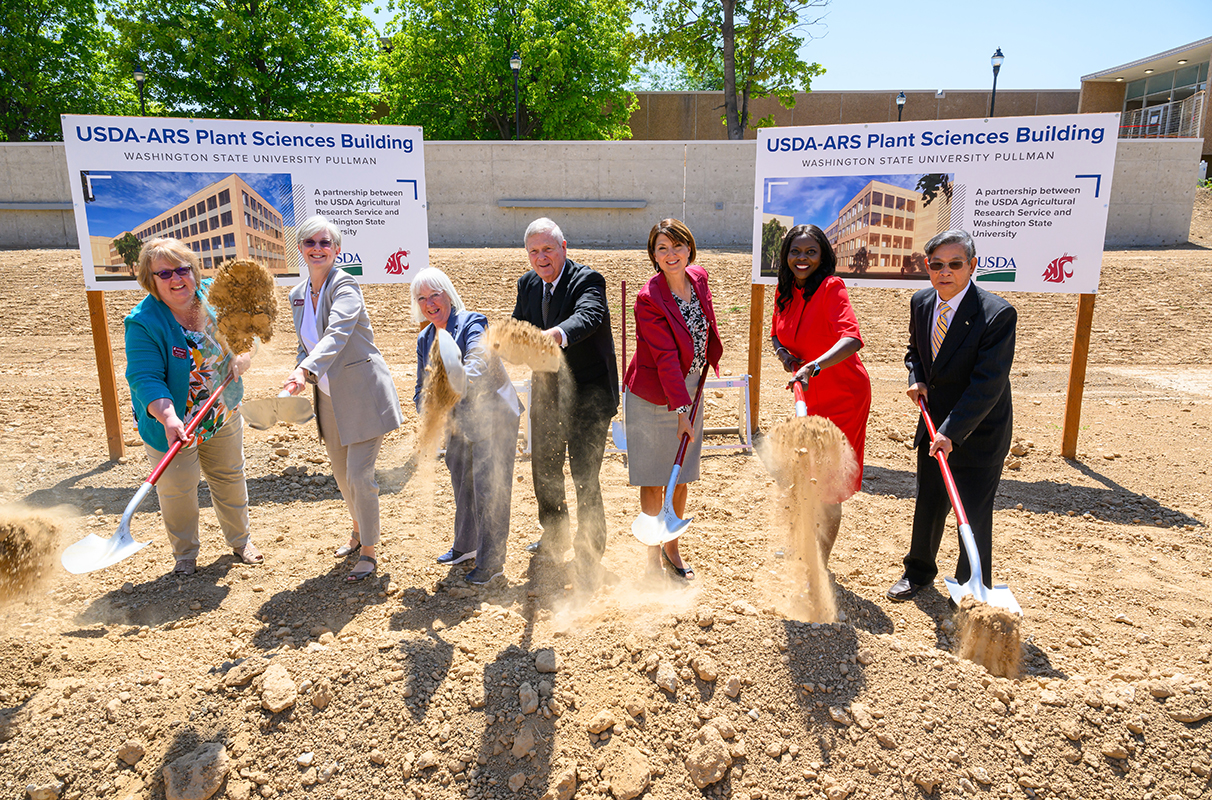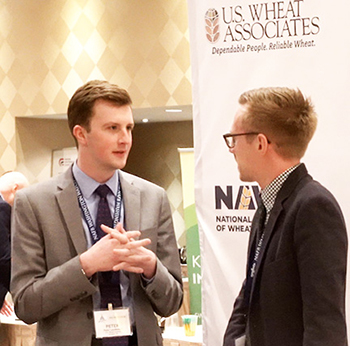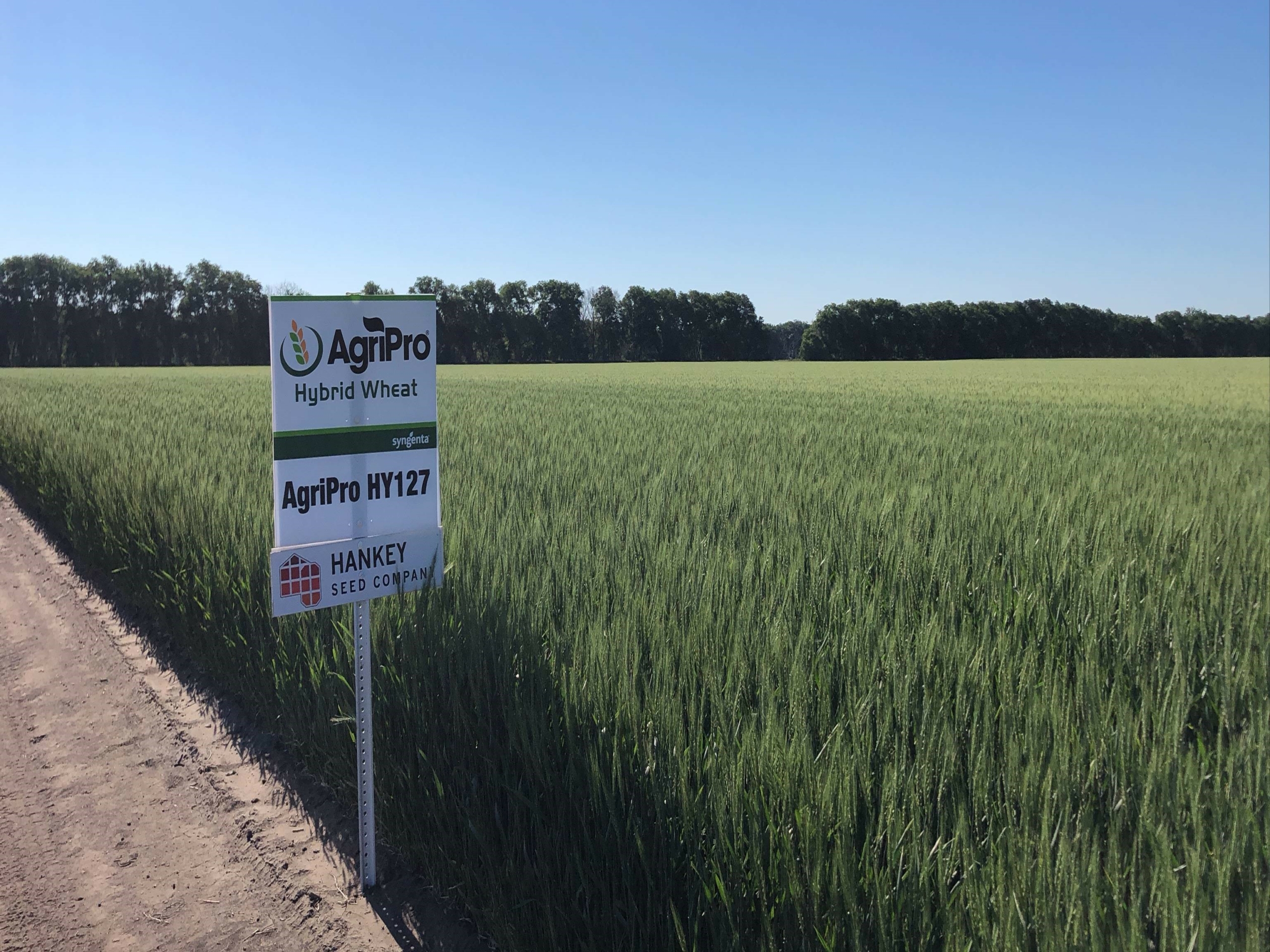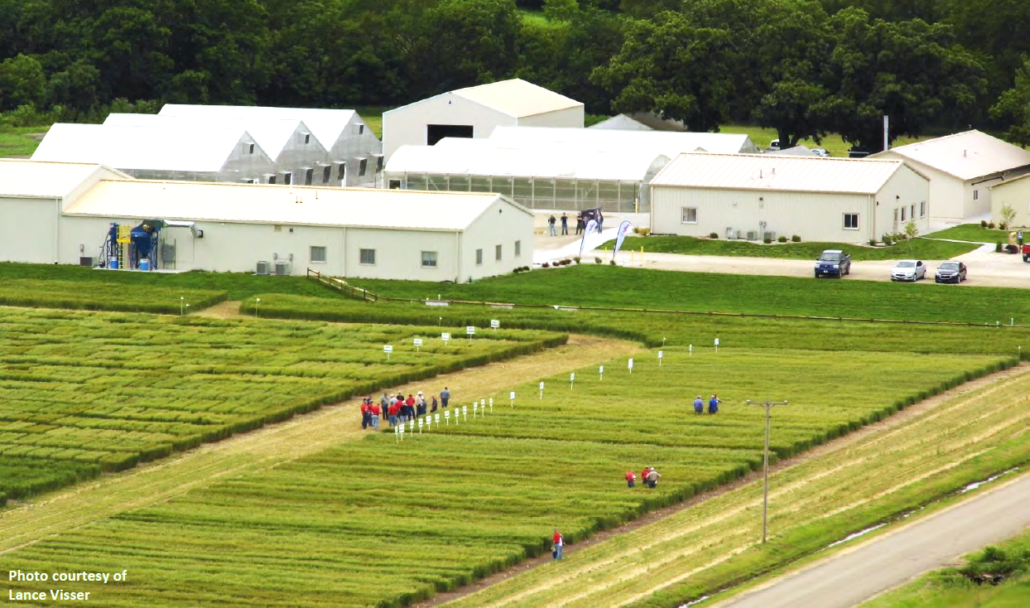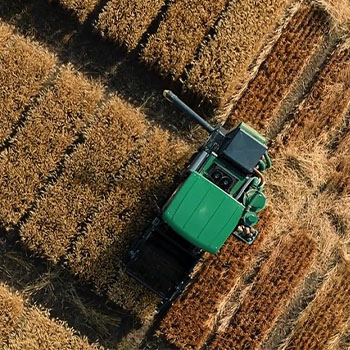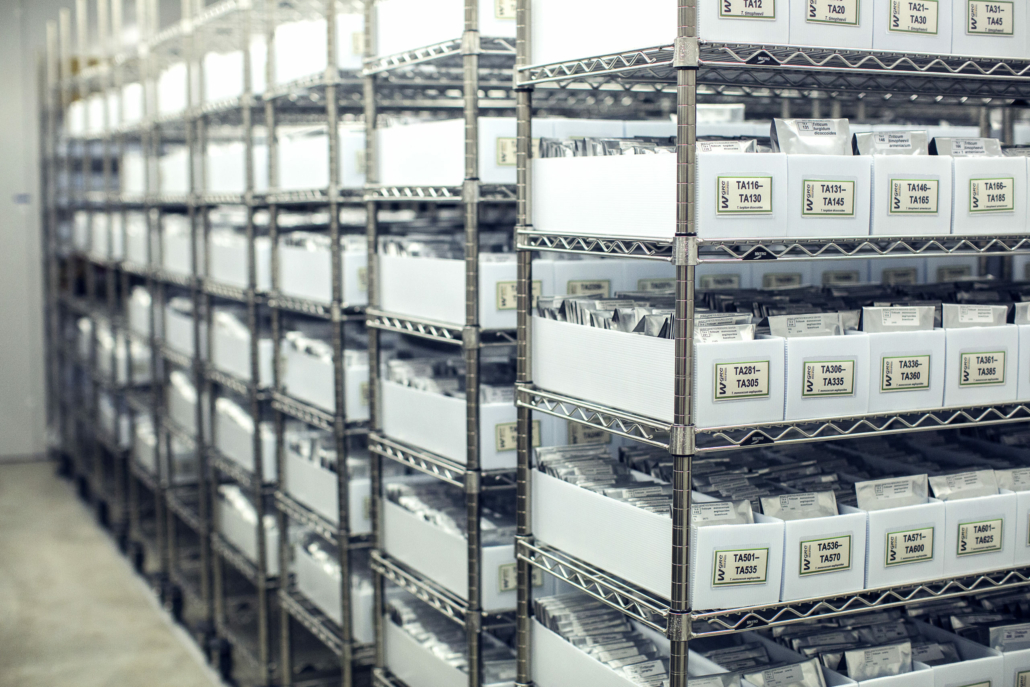Above photo: USW Secretary-Treasurer Jim Pellman; NDWC Board Member Jim Bahm; Past NDWC Chairman Greg Svenningsen; and past NDWC Chairman David Clough at the dedication of the Peltier Complex on the campus of North Dakota State University.
U.S. Wheat Associates (USW) brings multiple teams of bakers and millers from around the world to the Northern Plains each year to learn about spring and durum wheat production and research. New facilities for one of its biggest partners in the region are expected to improve that education and experience for international customers.
Two Separate but Related Facilities
North Dakota State University (NDSU) recently dedicated the new Peltier Complex, home of the school’s food science, cereal science, meat science, and bioprocess engineering programs. The Northern Crops Institute (NCI), the North Dakota Trade Office, and laboratories for the U.S. Department of Agriculture’s Agricultural Research Service are part of the new facility on the Fargo campus.

Visitors tour the new lab milling room that is part of the Peltier Complex.
And, as NDSU was dedicating the Peltier Complex in mid-June, it was also hosting a groundbreaking ceremony for the Bolley Agricultural Laboratory, which will house agricultural research programs such as plant pathology, plant breeding, weed science, agronomy, soil science and horticulture. The new lab will be located on the western edge of NDSU’s campus and will overlook agricultural plots immediately adjacent to campus.
A Place to Create, Solve
Construction on the Bolley Lab is expected to begin later this summer.
“The Peltier Complex will be a facility unlike anything else we have ever constructed at NDSU,” said Greg Lardy, NDSU’s vice president for agricultural affairs. “It will be the largest single academic building project in NDSU history.”
The Peltier Complex will bring together scientists, teachers, and students to work on the development of new products and solutions. It also brings together farmers and their customers from international markets.
“Wheat farmers in North Dakota recognize the need for updated facilities that benefit NDSU’s wheat research, and also helps the North Dakota Wheat Commission and its partners continue to promote the high-quality wheat we grow in the state,” said USW Secretary-Treasurer Jim Pellman, a NDSU alumnus who earned a degree in Agriculture Economics from the school and today grows wheat on his family farm near McClusky, N.D. “The University’s impact on the wheat industry can grow with new laboratories and more space. The new bake lab and pasta lab, along with the new milling area, will be valuable assets when international teams are brought to North Dakota to learn about U.S. wheat.”

North Dakota State University held a ceremonial ribbon cutting in mid-June to celebrate the Peltier Complex, a state-of-the-art agricultural facility designed to better serve NDSU students and faculty, as well as the industry across the state and across the world.
Wide Range of Support
Pellman was one of North Dakota Wheat Commission (NDWC) board members attending the Peltier Complex dedication. The complex is named for the Peltier family, longtime supporters of research and extension in agriculture. The family provided a naming rights gift to support private fundraising for the project. In addition to the Peltier family, gift commitments for the project come from commodity groups, including the NDWC and the NCI. Alumni, businesses, and friends of NDSU were also part of NDSU’s $455 million In Our Hands fundraising campaign.
The Bolley Agriculture Laboratory’s namesake, Henry L. Bolley, was one of the first faculty members at North Dakota Agricultural College, now NDSU.
“Like Bolley, our scientists who will occupy this building will deliver research results that make a difference to those involved in agriculture in North Dakota,” said Lardy. “They will develop better crop varieties for our unique climatic conditions, new solutions to challenging plant diseases, and better soil fertility and soil health management practices to improve the economic and biological sustainability of our agricultural production systems.”


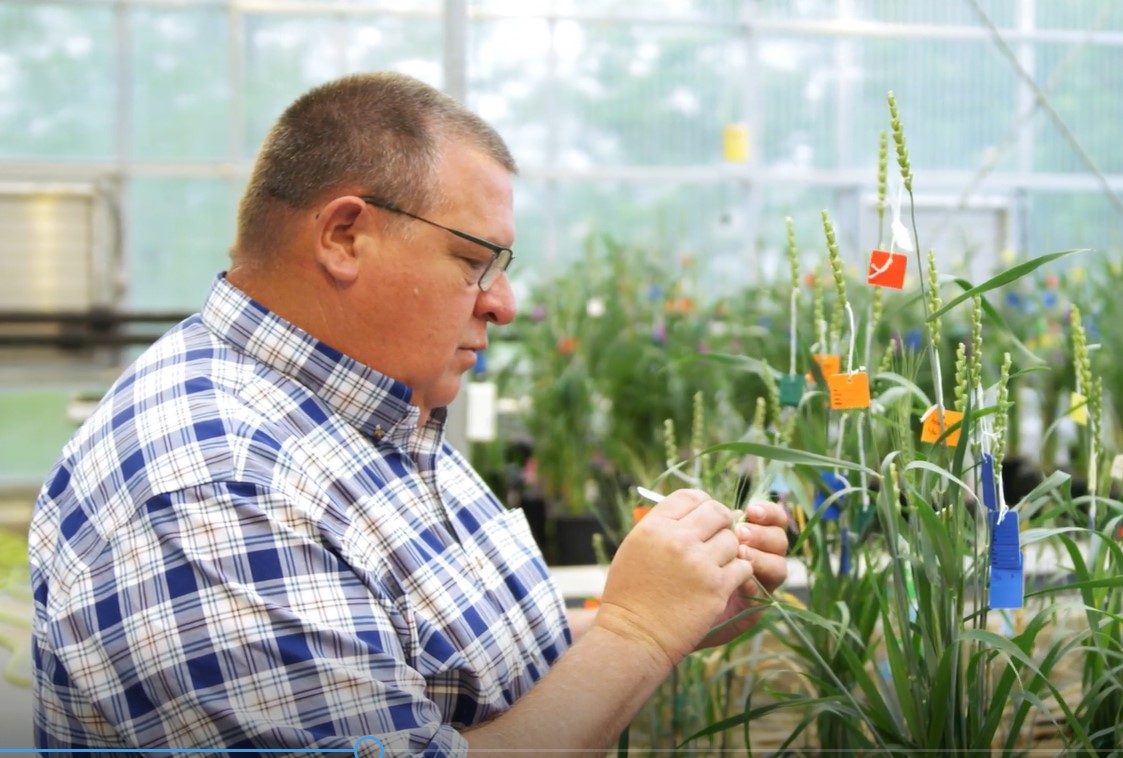

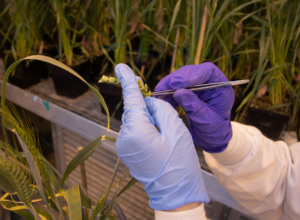
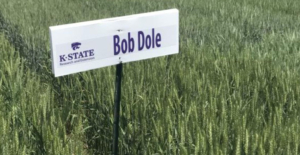
 From uncovering the dense nutrients for improving wheat as a food crop to bringing in trails from wheat’s wild relatives or improving agronomic traits, Gallagher told Harries there is still more to unlock in the wheat genome.
From uncovering the dense nutrients for improving wheat as a food crop to bringing in trails from wheat’s wild relatives or improving agronomic traits, Gallagher told Harries there is still more to unlock in the wheat genome.